It seems that today we could not live without computers. We use them to communicate to heal, create art, and in just about every other aspect of our lives. As we all know, computers didn’t always exist, and they didn’t come out of nowhere.
Let’s take a look at an overview of the evolution of the computer beginning with the first relay based calculator.
In 1944 the Harvard Mark-1 is unveiled.
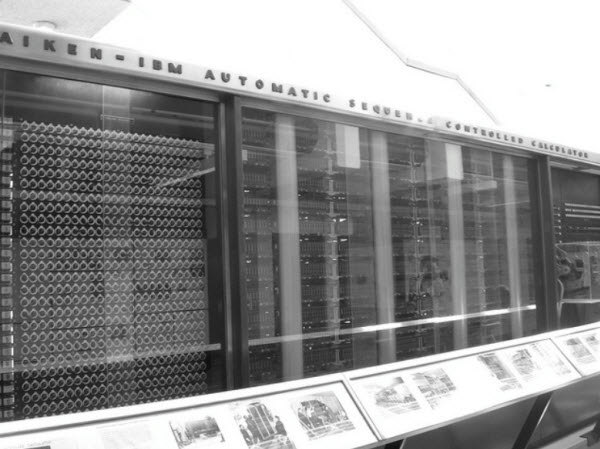
image credit
This groundbreaking work was created by Howard Aiken, a Harvard professor, and was designed and built by IBM, primarily to create mathematical tables. The Harvard Mark-1 was essentially a relay-based calculator as big as a room.
In 1946 the ENIAC was finished
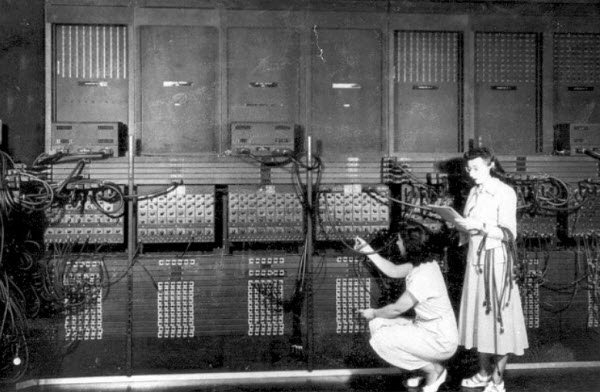
image credit
At this time computers were still too slow. Then in 1946 the ENIAC was finished. A machine built by John Mauchly and J. Presper Eckert that was 1,000 times faster than its contemporaries. The computer was about 1000 square feet.
Released in 1954, the IBM 650
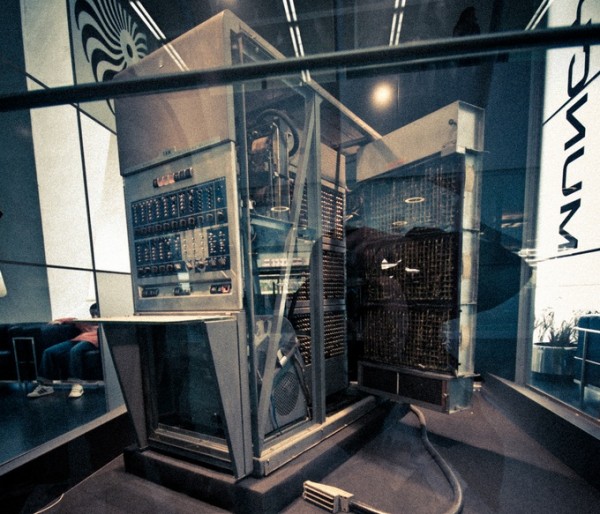 Img Credit
Img Credit
In 1954 the IBM 650 became the first mass-produced computer, selling 450 in one year, which was significant at that time. The 650´s magnetic data-storage drum worked much faster than previous drum memory machines.
1956, MIT’s TX-0

image credit
A couple years later in 1956 MIT researchers built the TX-0. This was the first general-purpose, programmable computer built using transistors. The TX-0 was known for having some early imaginative tests of programming, including a movie shown on TV, 3-D tic-tac-toe, and a maze where a mouse found cocktails and became increasingly intoxicated.
DEC´s PDP-1

In 1960 the DEC´s PDP-1 sold for $120,000. The PDP-1 was only one of 50 built. It included a cathode ray tube graphic display and needed no air conditioning. Another plus was that it required only one operator. This computer sparked interest in early hackers at MIT, who wrote the first video game, SpaceWar! Creators then used the game as a demonstration on all computers.
CDC´s 6600 supercomputer, 1964

image credit
Things really started to speed up in 1964 with CDC´s 6600 supercomputer which was designed by Seymour Cray. It performed up to 3 million instructions per second. This processing speed was three times faster than the closest competitor at the time. The 6600 remained the fastest computer in the world until the CDC 7600, exceeded its limitations in 1968.
Tandy Radio Shack´s TRS-80
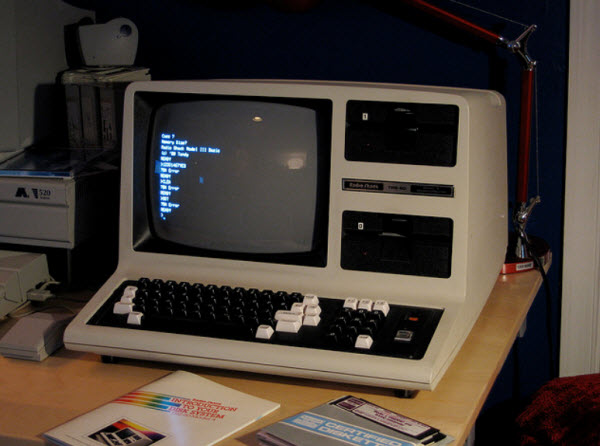
image credit
Desktop computers were first unveiled in 1977. In the first month after its release, Tandy Radio Shack´s first desktop computer, the TRS-80, sold 10,000 units. That was a nice surprise since the company´s projected sales was only 3,000 units for one year. The price was $599.95. The machine had a whopping 4 kilobytes of memory and easy-to-understand manuals that assumed designed for the new computer consumer.
Commodore introduces the Commodore 64, 1982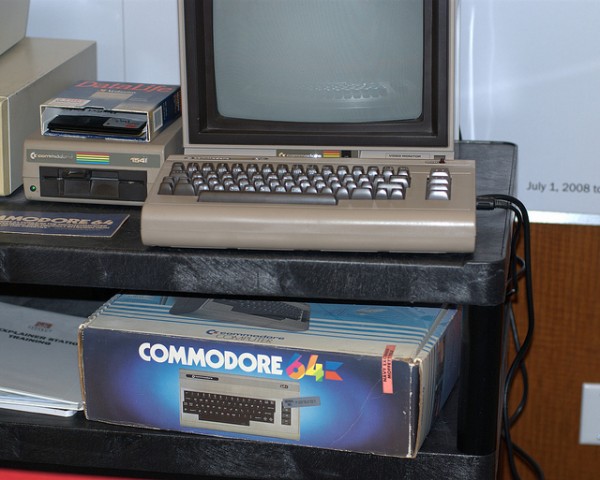
image credit
1982 Commodore introduces the Commodore 64. The C64 sold for $595, came with 64KB of RAM and featured, at the time, ground breaking graphics. Thousands of software titles were released using the C64. In 1993 when the C64 was discontinued, it had sold more than 22 million units and is recognized by the 2006 Guinness Book of World Records as the greatest selling computer model of all time.
Apple’s Lisa Computer, 1983 image credit
image credit
In 1983 Apple release the Lisa computer. This was the first home computer with a GUI graphical user interface.
The Apple Macintosh, 1984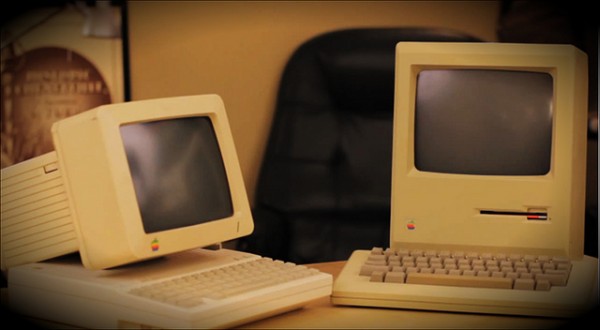
image credit
In 1984 The Apple Macintosh Computer was unveiled, which is the affordable home computer that we all know today can be compared to.
In 1985 Microsoft Windows entered the world of computing. Since then, Microsoft and Apple continue to create household computer and remain competitors. With speeds and features increasing exponentially, it’s hard to keep up.
Today we have the power of those super computers of yesteryear, but in our back pockets in the form of smart phones. So much smaller and more powerful than we might have imagined in 1936! The question is, can we imagine what they will be like 85 years from now?
ITHound.com: business technology article library; for the latest database solutions.










Comments